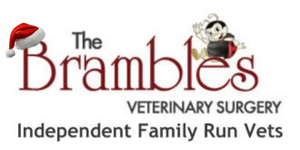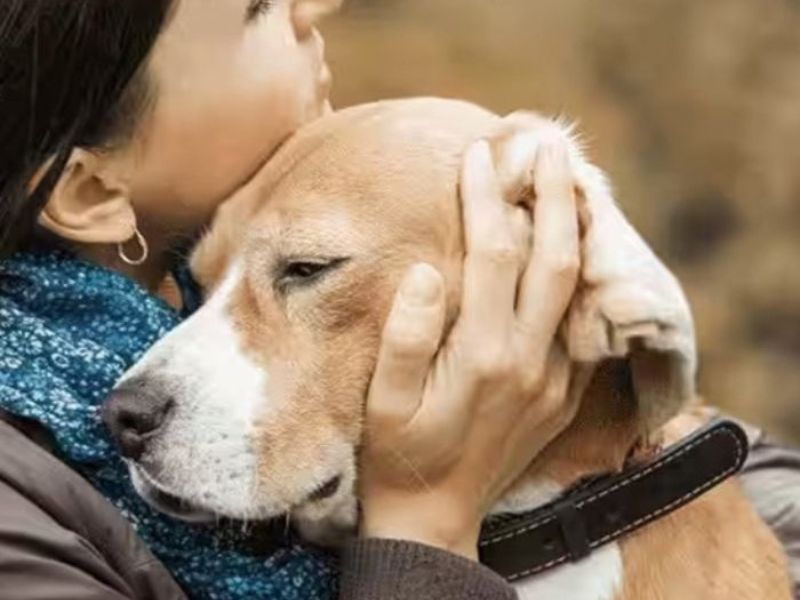Pet Loss and Bereavement
We hope our pets will gently pass away in their sleep as it would save us
from having to make a very difficult decision.
Euthanasia and Bereavement
It is difficult to imagine a life without our beloved pets. We would like to think that they will always be with us. We hope our pets will gently pass away in their sleep as it would save us from having to make a very difficult decision.
Unfortunately, it often does not happen this way, and therefore in situations where a pet’s health can no longer be meaningfully supported, we may have to discuss putting our pet to sleep (euthanasia) with our vet. Euthanasia, when carried out at the right time, is one of the last acts of kindness we can do for our pets, but for many owners the procedure is an unknown and therefore frightening prospect.
When is it the right time?
This is a common question to which there is no easy or correct answer. Ultimately, pet owners know their pets and will know when the time is right; however, every situation is different, and each pet parent’s decision should be guided by careful consultation with their vet.
Where will the euthanasia take place?
The euthanasia can be carried out at the surgery or, if you prefer, in your own home.
We would recommend attending the surgery as this provides a more suitable environment. However, we do recognise that many pets and owners may find this more stressful. We can offer mild sedatives to be given to your pet before the visit if you think this will help.
If you prefer a home visit we will try and arrange a mutually convenient time.
Will I be able to stay with my pet?
Of course. Most owners wish to remain with their pet, but it is a very personal choice and we respect whatever decision you take.
Even if you do not stay you can see your pet and spend some time with him or her afterwards if you wish.
What is the procedure?
The veterinary surgeon will fully explain the procedure to you. The euthanasia procedure itself is done by an injection into a vein, so a small area of hair will be clipped from a front leg in order to visualise this.
If the euthanasia takes place at the surgery the vet will normally take your pet into the prep area and insert a catheter into the vein in the leg. This allows stress-free access to the vein and also means that you are able to hold your pet much more closely if you wish.
The vet will then inject a strong anaesthetic into the vein and, after a few seconds of injecting the medicine, breathing will cease, followed by the heart stopping. The vet will monitor this closely and inform you when this has happened.
Our aim is to make the whole procedure as quiet and gentle as practically possible for both your pet and you.
What happens afterwards?
There are three choices after your pet has passed away:
- You may take your pet home with you for a burial.
- Routine cremation: In this case your pet would be cremated locally at Limekiln Farm who run a professional pet cremation service.
- Individual Cremation: you can request your pet to be cremated individually and their ashes returned in a wooden casket (other options are available visit Limekiln Farm)
What about me? How will I feel?
Everyone is different, and we all react differently in this situation. Most of us find the loss of our pets difficult to deal with. The depth of feelings can take us by surprise and can almost overwhelm us.
Be assured that the way you feel is perfectly natural and that it is normal to grieve for a loved one — human or animal.
Should you wish for more support following the loss of your pet there are many excellent organisations that can help such as the Blue Cross.

